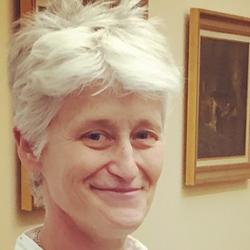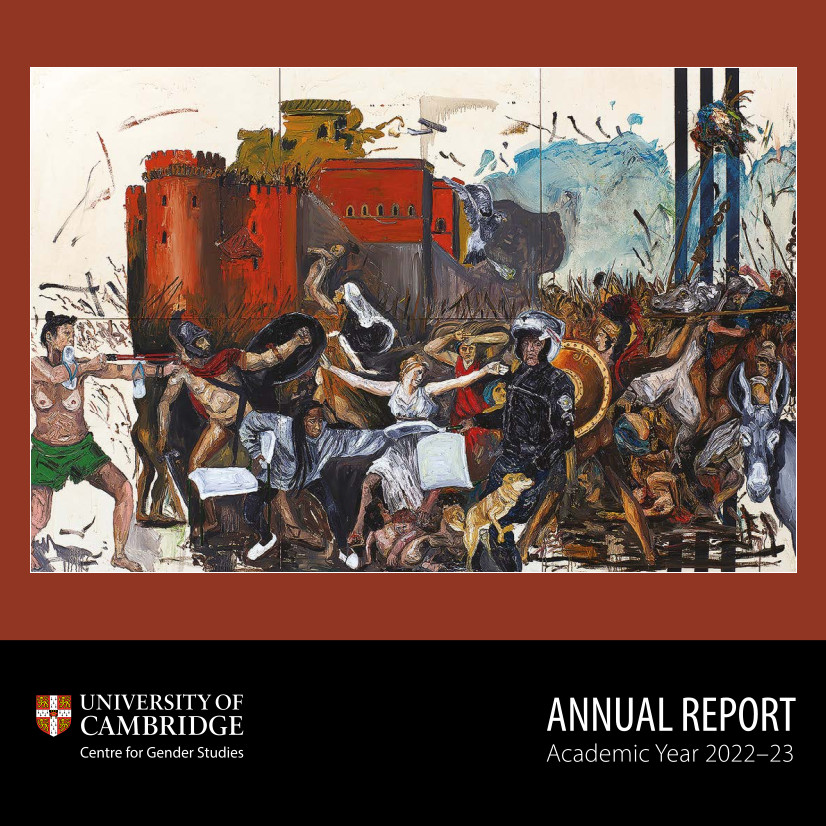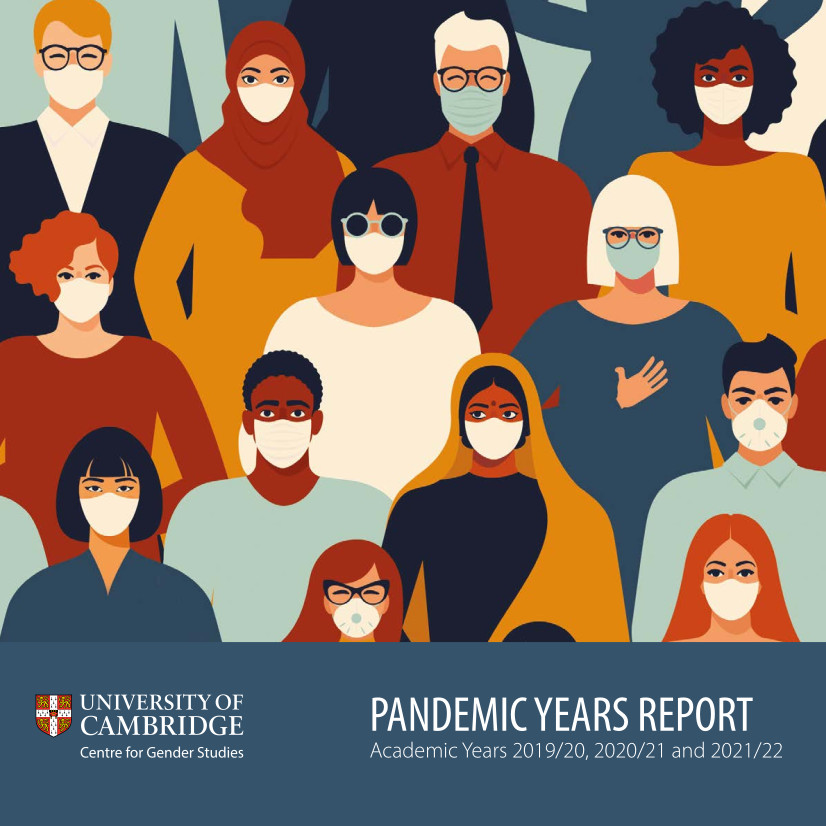Introduction

The Diane Middlebrook and Carl Djerassi Visiting Professorship was generously endowed by Carl Djerassi (Professor Emeritus, Stanford University and inventor of the contraceptive pill) in honour of his late wife Diane Middlebrook (Professor Emerita and Head of Gender Studies, Stanford University). The Diane Middlebrook and Carl Djerassi Visiting Professors each give a high profile public lecture on a gender related topic.
Previous Visiting Professorship Lecture recordings
Diane Middlebrook and Carl Djerassi Visiting Professorship Lecture: Lent 2025
We are delighted to announce that Professor Elizabeth A. Povinelli, Franz Boas Professor of Anthropology & Gender Studies, Columbia University, USA will be the Diane Middlebrook and Carl Djerassi Visiting Professor for the Lent term 2025.
Professor Povinelli’s Visiting Professorship Lecture, 'Alice Henry and the Collapse of the Western Plateau' will be held in the Frankopan Hall, West Court, Jesus College, Cambridge on Thursday 27 February 2025 at 5.30 pm. The entry to West Court, Jesus College is directly on Jesus Lane, CB5 8BQ.
The lecture grounds itself in the speculative science fiction novel and artistic work that Professor Povinelli is currently completing, Alice Henry and the Collapse of the Western Plateau, to ask what would the corporeal future of humans, and their gendered diversity, be in the wake of a massive planetary collapse. Set in the ancestral future, the book follows the protagonist, a small child found in the debris of a great fire in a sector of the western plateau, as she is interrogated in various subterranean and superterranean landscapes about the meaning of a narrative she neither seems to be in charge of nor is able to discharge herself from. Composed of prose fiction, serious and doggerel poetry, and pencil and ink drawings, AHCWP means to interrogate the present nature of western disciplinary knowledges as terraforming machinery.




